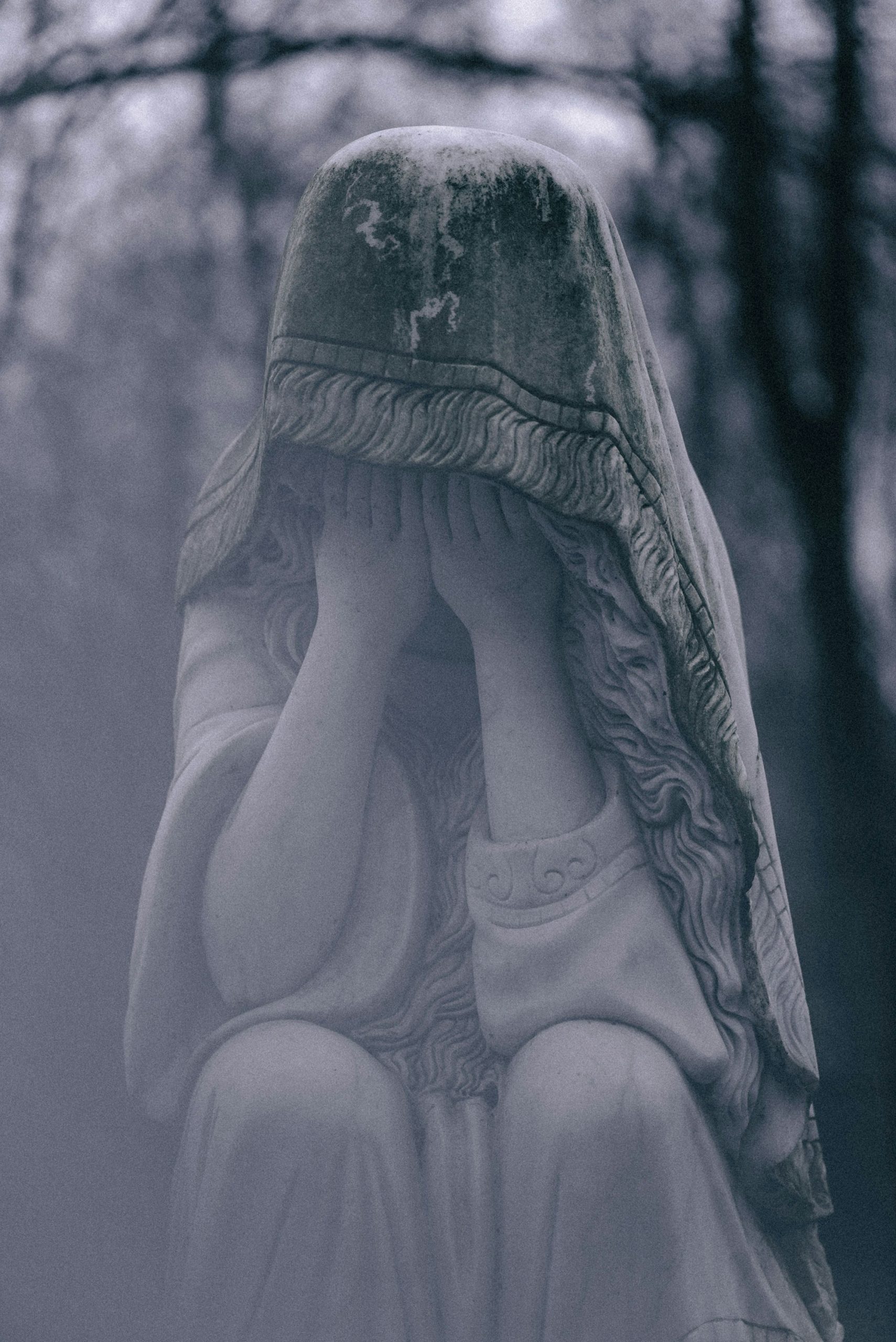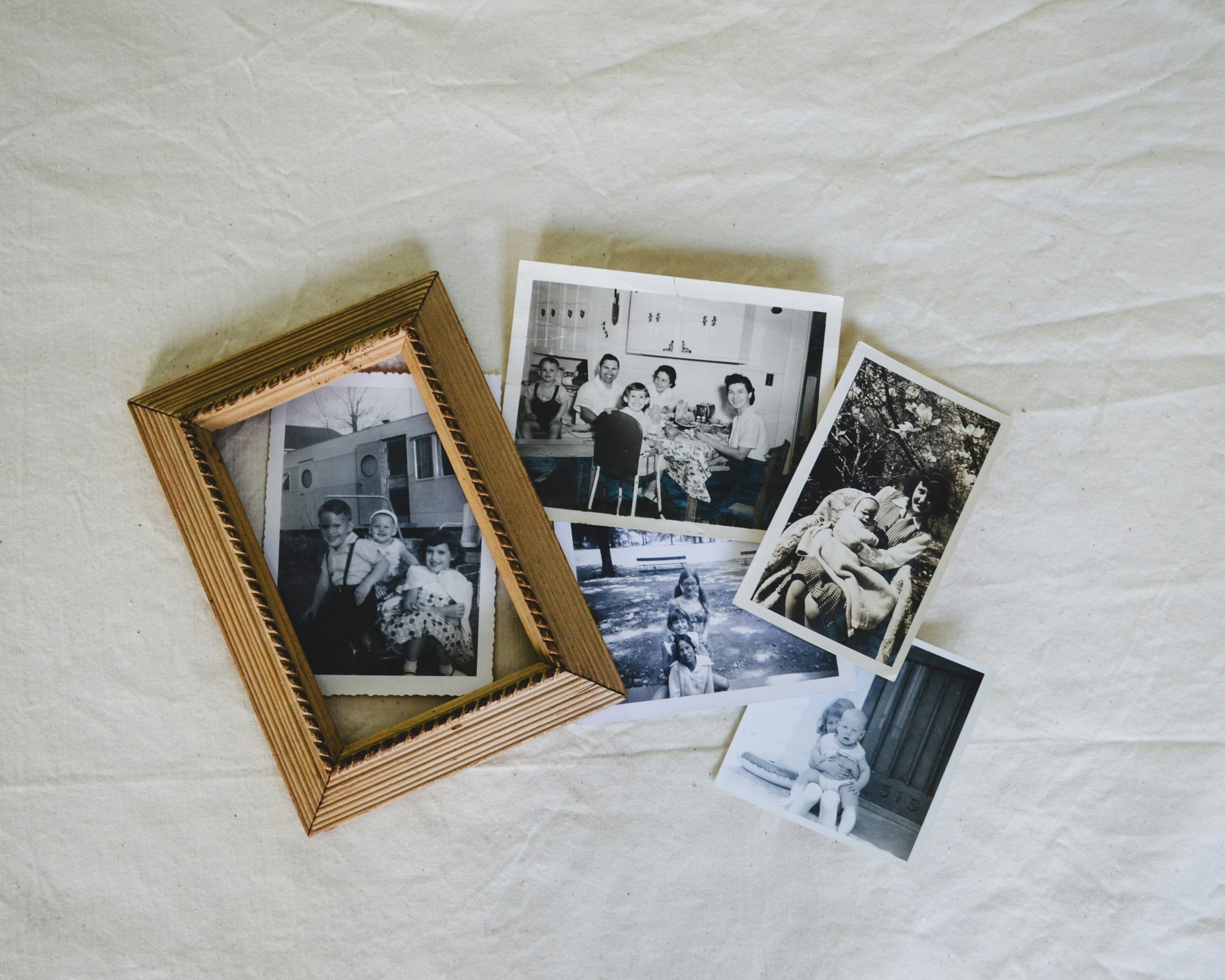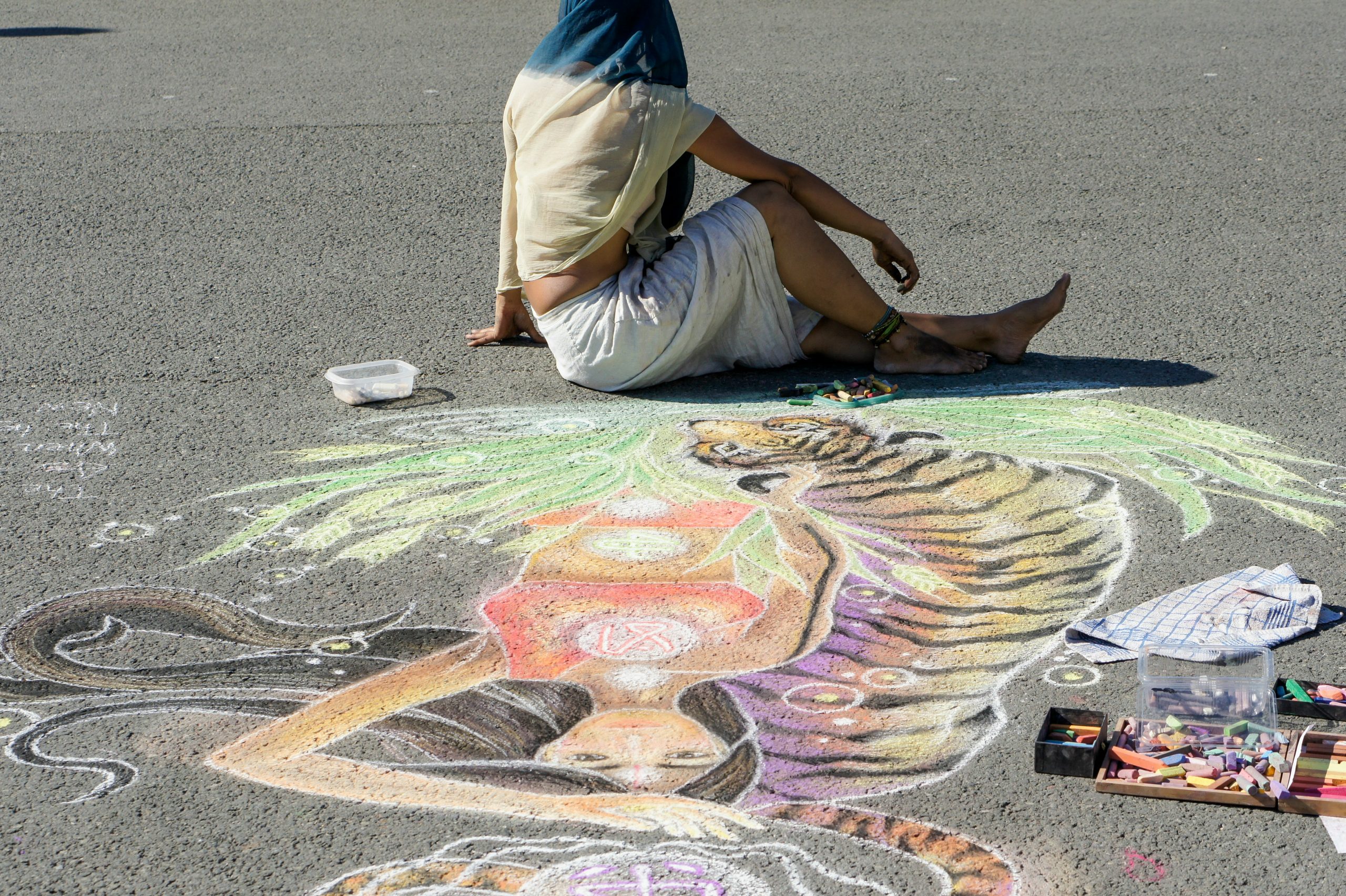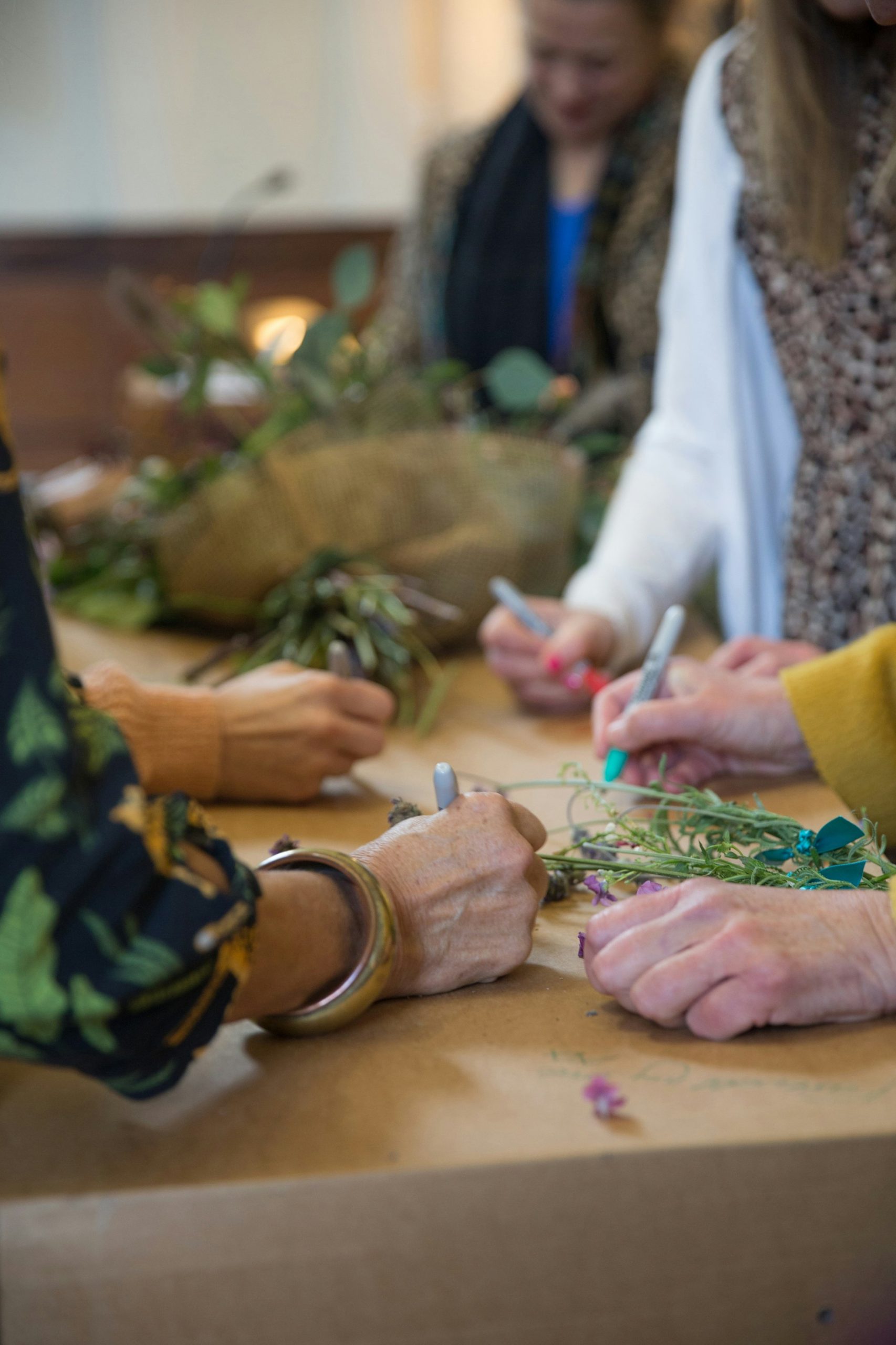Grief after caregiving ends doesn’t follow a script, just like becoming a caregiver didn’t come with one (RUDE.) It can feel shapeless—like a fog that refuses to lift. When you’ve spent months or years pouring your time, energy, and heart into caring for someone with dementia, the silence afterward can feel unbearable.
That’s where rituals come in. Rituals don’t erase grief, but they give it a container. They hold space for both sorrow and love. They help ground us to the present and allow us to become more intentional. And when you weave creativity into those rituals, you end up with something that isn’t just healing—it’s personal, meaningful, and uniquely yours.
Why Rituals Matter in Grief
Rituals have always been how humans process life and loss. They offer a rhythm when everything feels chaotic. For dementia caregivers especially, there’s often a “double goodbye”: first to the person as you knew them, then again at the end of life.
A ritual gives you a moment to honor both. It says:
- “This mattered.”
- “They mattered.”
- “I mattered too.”
Creative rituals, unlike traditional services, let you personalize goodbye in a way that feels aligned with your relationship and your healing—not just the formalities others expect. And you can engage in them whenever it feels right.


Ideas for Artful Memorials
You don’t have to be an artist to create something powerful. Think of these rituals as creative gestures—small, human ways to say, “I love you, and I remember.”
- Memory collage: Gather photos, fabric scraps, ticket stubs, or even old notes they wrote. Arrange them on a board or in a book. Each piece becomes part of the story of your time together.
- Letter writing: Write them a letter—everything you didn’t get to say, or the words you want them to still carry. Read it aloud as a ceremony, then keep it, bury it, or even tuck it into a piece of artwork.
- Plant something in their honor: A tree, flowers, or even herbs they loved to cook with. Add a creative twist—paint the pot, write their name on a garden marker, or create a small piece of art to place beside it.
These aren’t grand productions. They’re simple, intentional acts of love.
Making It Yours
Here’s your permission slip: there are no rules.
Your ritual doesn’t have to look like anyone else’s. It can be messy, quiet, funny, or tender. Maybe you paint a rock with their favorite saying. Maybe you host a family art night and everyone makes something to honor them. Or maybe you do it alone, in silence, with just your art supplies and your memories.
The point isn’t perfection—it’s truth. What feels true for you?
Make it what you need it to be. Maybe you get rid of something that you associate with the loss or experience and you can say goodbye physically and emotionally. Maybe you decide to let go of habits or beliefs that no longer serve you. Again, there are no rules.


The Healing Power of Creative Farewell
Loss often makes us feel powerless. But creativity gives you back a sliver of control—not over the loss, but over how you respond to it.
When you create, you:
- Engage both your emotions and your body.
- Turn abstract grief into something tangible.
- Integrate your loss into your life story, rather than trying to box it away.
Creative rituals don’t end the grief. But they transform it—shaping the ache into something that also carries beauty, memory, and meaning. And a ritual becomes more powerful everytime you do it–so this does not have to be a one-time event. Part of the comforting aspect of completing rituals is knowing when, where, and how they will occur.
Final Thoughts
Saying goodbye doesn’t have to be tidy or traditional. It can be artful, messy, beautiful, or quiet. The only requirement is that it feels like yours.
So pick up a pen, scissors, paintbrush, or seed packet. Let your goodbye be a creation—one that honors their memory while also giving your own heart a place to rest.
Recent Comments